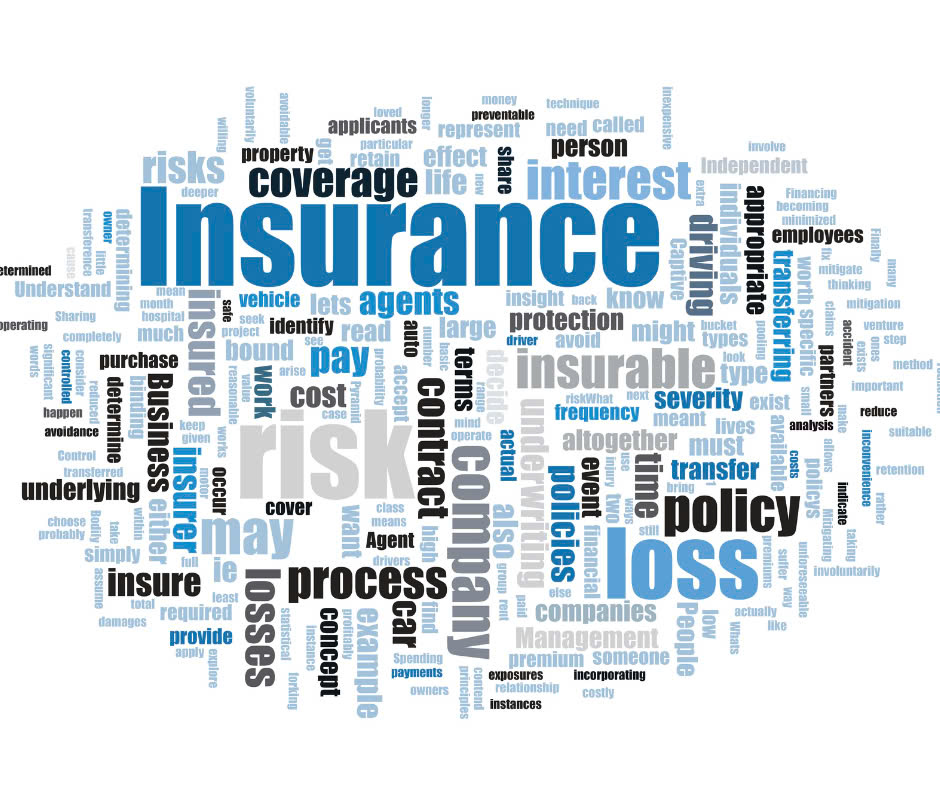Climate change is no longer a distant threat—it is a present reality affecting millions of people worldwide. In the U.S., rising temperatures, severe storms, wildfires, and flooding have led to increased claims for property damage and vehicle losses. As a result, the insurance industry is undergoing a significant transformation, with rising premiums, stricter underwriting policies, and evolving coverage options. Homeowners and auto insurance policies are being reshaped to accommodate the new risks posed by climate change.
Rising Insurance Premiums Due to Climate Risks
One of the most immediate impacts of climate change on insurance is the increase in premiums. As extreme weather events become more frequent and severe, insurers face higher claim payouts, prompting them to raise rates to maintain profitability. Homeowners in high-risk areas—such as coastal regions vulnerable to hurricanes or states prone to wildfires—are experiencing sharp increases in property insurance costs. Similarly, auto insurance rates are climbing as flooding and hailstorms cause extensive vehicle damage.
Stricter Underwriting and Policy Exclusions
Insurers are adopting stricter underwriting policies to mitigate financial losses. In some cases, they are limiting coverage in high-risk areas or implementing more exclusions for damage caused by natural disasters. For example, many homeowners’ policies now require separate flood or wildfire insurance, which was once included in standard coverage. Additionally, some insurers are withdrawing from disaster-prone states altogether, making it harder for homeowners to secure adequate protection.
The Shift Toward Climate-Resilient Coverage
To address the growing risks of climate change, insurers are developing new policies that promote resilience and preparedness. Some companies offer discounts to homeowners who implement disaster-proofing measures, such as installing storm-resistant roofing, elevating properties in flood-prone zones, or using fire-resistant building materials. Auto insurers are also encouraging policyholders to park vehicles in secure locations and invest in protective measures against extreme weather conditions.
Government and Industry Responses
As private insurers struggle to balance risk and affordability, state and federal governments are stepping in to provide solutions. Programs like the National Flood Insurance Program (NFIP) help cover losses in flood-prone areas where private insurers may not offer coverage. Additionally, some states are exploring public-private partnerships to stabilize insurance markets and ensure residents can still access the necessary coverage.
The Future of Climate-Related Insurance
Looking ahead, the insurance industry will continue adapting to the realities of climate change. We can expect to see more customized policies, dynamic pricing based on real-time climate data, and expanded use of technology such as satellite monitoring and predictive analytics to assess risk. As consumers, staying informed about policy changes and taking proactive steps to protect homes and vehicles will be essential in managing rising insurance costs.
Climate change is reshaping the insurance industry in profound ways. Rising premiums, stricter underwriting, and the need for climate-resilient coverage are becoming the new norm. Homeowners and auto insurance policyholders must stay ahead of these changes by understanding their coverage options and considering risk mitigation strategies. As industry evolves, collaboration between insurers, policymakers, and consumers will be key to ensuring sustainable and accessible insurance solutions in the face of climate change.





